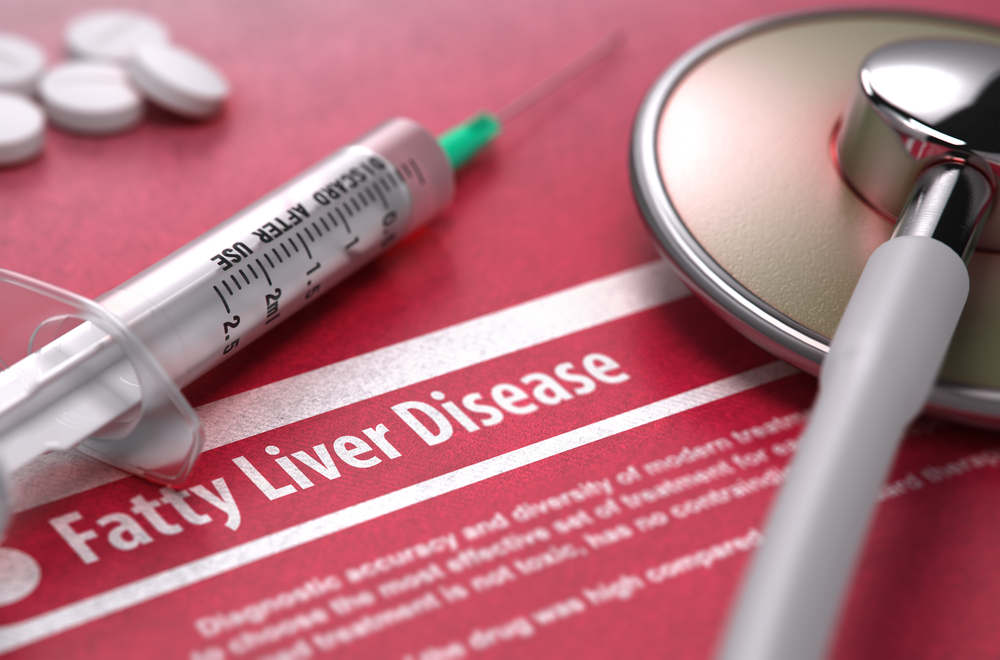Liver disease is routinely associated with alcoholism and excessive alcohol consumption. However, non-alcoholic fatty liver disease (NAFLD) is actually the most common form of liver disease in the United States. One in 3 adults and 1 in 10 children in the United States suffer from the disease. NAFLD is characterized by excessive fat stores in the liver that leads to inflammation, liver scarring (cirrhosis), liver fibrosis, and liver-related morbidity. NAFLD is usually caused by diabetes, insulin resistance, being obese or overweight, having high blood pressure, having polycystic ovarian syndrome, or having elevated levels of cholesterols or triglycerides.
Food Insecurity and NAFLD
A study released in October found that 32% of adults with NAFLD were also suffering from food insecurity. According to the USDA, food insecurity is “a lack of consistent access to enough food for an active, healthy life.” Food insecurity is directly caused by a lack of financial resources, and can be connected to many social and physical determinants, such as low wages, lack of affordable housing, high medical costs, health problems, lack of social support, lack of access to educational opportunities/work training, lack of transportation, physical barriers (of the built and natural environment), and other socioeconomic conditions. Food insecurity affects communities across the United States; an estimated 1 in 9 Americans are food-insecure.
Until this point, very little research has been conducted in the United States concerning the connections between food insecurity and health outcomes. Dr. Ani Kardashian, an assistant professor of clinical medicine at the University of Southern California Keck School of Medicine, presented thoughts on the research at the International Liver Congress 2021:
“This study really highlights the importance of us focusing on upstream social determinants of health in the long-term outcomes of people with NAFLD and advanced liver fibrosis…Future studies should focus on designing interventions to reduce food insecurity in our at-risk patients with fatty liver disease.”
Addressing Food Insecurity to Reduce Rates of NAFLD
As Dr. Kardashian discussed, treating food insecurity like a public health risk could result in better outcomes for those suffering from NAFLD and related conditions. But how do we address something as pervasive and widespread as food insecurity?
Change starts at the local level. Supporting reputable organizations such as Feeding America and mutual aid funds can help. Volunteering at local organizations, contacting your government representatives, educating your community, or even organizing a food drive can incite change. Donating to your local food bank or food pantry is beneficial as well. In Louisville, Dare To Care is an option. In Lexington, God’s Pantry is a widely known resource. In Southern Indiana, Hope Southern Indiana and Center for Lay Ministries are two highly-regarded options. Visit foodpantries.org to see more food pantries near you. There are many ways we can inspire change, and it begins with individual action.
For more information about diagnosing digestive conditions, reach out to Gastroenterology Health Partners (GHP) today. Our clinicians have a passion for seeking out and refining new treatments and advanced solutions for those suffering from disorders of the digestive system. Each of our physicians offers expert specialization, evaluating and treating the entire spectrum of digestive conditions. To learn more about the treatment options available to you, schedule an appointment at one of our locations throughout Louisville, Lexington, and Southern Indiana.



